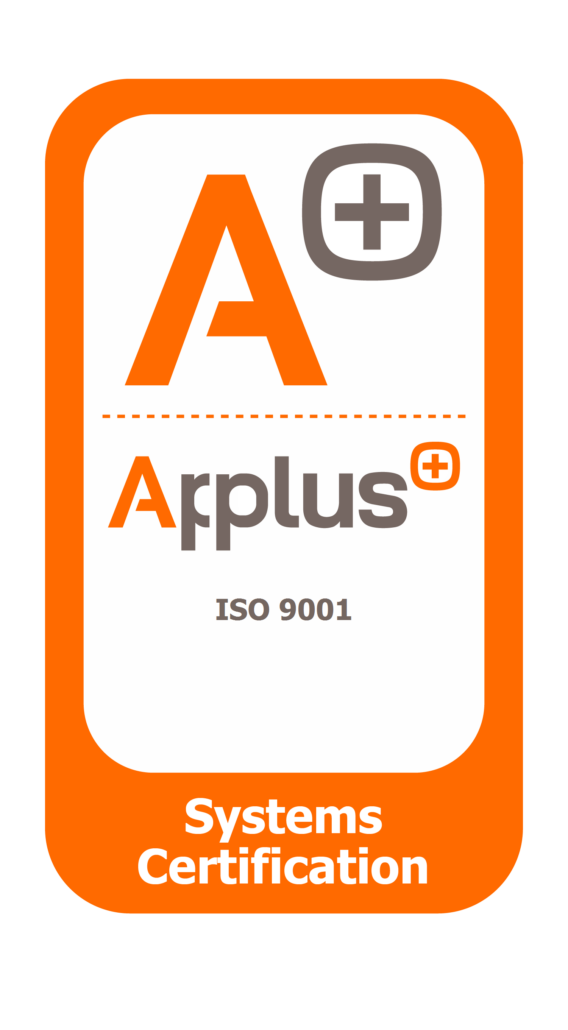Urban Mobility as a Catalyst for Smart Cities
Efficient urban mobility is essential for a thriving smart city. As urban populations grow and sustainability becomes a priority, efficient and connected transport systems are more crucial than ever. Today, the integration of Internet of Things (IoT) technologies is transforming how cities manage public transport, from real-time bus tracking to predictive maintenance and passenger analytics.
The Role of IoT in Modern Public Transportation
IoT enables public transport systems to transition from a reactive to proactive management approach. Real-time monitoring of buses, trains, and other public transport assets allows operators to detect issues early and prevent service disruptions. Embedding sensors and connectivity into vehicles and infrastructure makes urban mobility solutions dynamic, responsive, and efficient.
Real-Time Location and Fleet Tracking
With GPS and IoT-enabled devices, cities can track vehicles with precision. This allows transport authorities and citizens to view expected arrival times, delays, and vehicle occupancy in real-time. It also improves coordination and scheduling.
Predictive Maintenance and Reduced Downtime
Connected sensors continuously monitor engine performance, tire pressure, brake systems, and more. This data helps predict failures before they occur, reducing breakdowns and optimizing maintenance schedules.
Passenger Flow and Usage Analytics
IoT platforms like thethings.iO collect data on boarding and exit points, peak hours, and usage patterns. This information can be used to make data-driven decisions about route planning, resource allocation, and service improvements.
Connected Infrastructure: Building the Backbone of Smart Transport
IoT-powered urban mobility goes beyond vehicles. Infrastructure plays a vital role in enabling smart public transportation. For example, traffic lights can automatically adjust based on real-time congestion, and smart bus stops can notify riders about arrival times and available seating.
Integrated Traffic Management Systems
Traffic lights, cameras, and sensors can communicate with each other to optimize traffic flow and prioritize public transportation, reducing congestion and carbon emissions.
Smart Ticketing and Access Control
Contactless payments and mobile ticketing systems enhance the commuter experience while collecting valuable data for planning and reporting purposes. Integrating these systems with IoT platforms ensures seamless communication between payment terminals and cloud systems.
thethings.iO: Powering Urban Mobility with Scalable IoT Solutions
As a leading IoT platform based in Barcelona, thethings.iO empowers cities and mobility providers to easily deploy, manage, and scale smart transport solutions with ease. Its customizable dashboards allow clients to visualize real-time data, monitor key performance indicators, and take proactive action.
Whether it’s managing a fleet of buses, integrating smart parking, or improving air quality near transport hubs, thethings.iO offers full control via a unified, intuitive platform. With support for over 1 million connected devices, the platform assists Fortune 500 companies and governments in their smart city journeys.
Future Outlook: Sustainable, Inclusive, and Intelligent Mobility
Urban mobility is not just about technology, it’s about people too. The future lies in creating transport systems that are not just smart, but also inclusive and environmentally sustainable. IoT will continue to play a key role in enabling low-emission zones, improving accessibility for people with reduced mobility, and optimizing urban planning.
As public expectations evolve, the supporting technology must evolve as well. Platforms like thethings.iO help cities remain agile, responsive, and future-ready.


